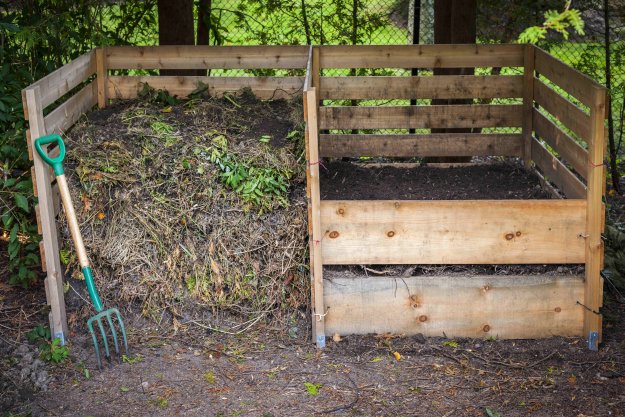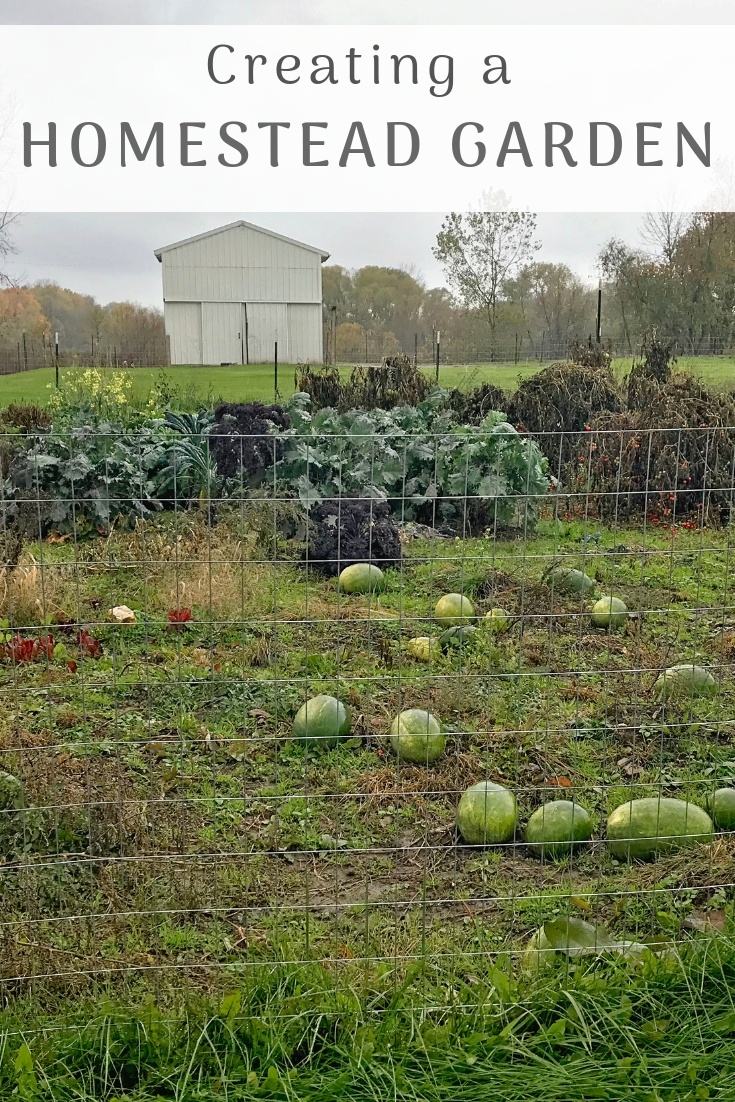Enhance Your Outdoor Area With Creative Horticulture Styles and Styles
By checking out various styles, such as the lovely informality of home yards or the minimalism of contemporary appearances, one can considerably raise the atmosphere of their surroundings. Additionally, incorporating vertical gardening methods and sustainable techniques not just improves visual appeal yet also promotes environmental consciousness.

Home Garden Appeal
Cottage yards, usually defined by their lavish, casual layouts, welcome an unified mix of natural herbs, blossoms, and veggies, producing a vibrant tapestry of shade and fragrance. This conventional horticulture design go back to the late 19th century, coming from England, and is treasured for its enchanting, enchanting charm.
Key components of home gardens consist of using seasonal plants, climbing creeping plants, and self-seeding annuals, which add to an ever-evolving landscape. Planting in thick collections motivates a naturalistic look, permitting an eclectic mix of colors and appearances. Popular flowers such as foxgloves, hollyhocks, and delphiniums intermingle with fragrant natural herbs like lavender and rosemary, enhancing sensory experiences while promoting biodiversity.
Incorporating rustic features, such as weathered trellises, wooden fences, or stone pathways, additionally boosts the visual of a cottage yard. This style not only focuses on appeal but additionally embraces sustainability, as several plants are picked for their capability to attract pollinators and give food. Eventually, the home yard appeal exists in its relaxed, inviting ambience, encouraging a deep connection with nature while using an idyllic hideaway for leisure and satisfaction.
Modern Landscape Aesthetics
While the charm of home yards stimulates a feeling of fond memories and fancifulness, contemporary landscape looks welcome an even more structured and minimalist approach. This contemporary design highlights simplicity, performance, and an assimilation with the surrounding environment. Clean lines, geometric shapes, and a limited shade palette characterize modern landscaping, allowing nature's elegance to take center stage without unneeded interruptions.
Materials play a critical role in attaining this visual. Concrete, metal, and natural rock are regularly used to produce hardscapes that complement the landscape instead of overwhelm it. Furthermore, the cautious selection of plants is fundamental; ornamental lawns and native types are frequently preferred for their reduced upkeep and capability to thrive in neighborhood conditions.
Water attributes, such as smooth ponds or mirroring swimming pools, are likewise essential to modern-day layouts, giving serenity and a prime focus. Sustainable practices, including xeriscaping and making use of permeable materials, enhance the environmental responsibility of modern-day landscaping. Inevitably, modern-day landscape aesthetics supply a chance to create relaxing exterior areas that reflect contemporary worths while fostering a deeper connection to nature.
Vertical Horticulture Developments
Vertical horticulture innovations have changed the method we come close to horticulture in limited areas, enabling the farming of plants in city environments where ground area is limited. These ingenious strategies and frameworks enable garden enthusiasts to make best use of upright surface areas, changing walls, fencings, and also porches right into lavish environment-friendly rooms.
One popular development is making use of modular systems, which contain interlocking panels that can be conveniently mounted and repositioned - Homestead Gardening. These panels typically come equipped with integrated watering systems, making sure that plants get appropriate wetness while decreasing water waste. In addition, vertical gardens can include a variety of plants, from flowering varieties to edible herbs, advertising biodiversity and enhancing aesthetics
One more significant development is the integration of clever innovation, such as Continue sensing units that monitor dirt moisture and nutrient degrees. This technology permits precise treatment customized to the needs of specific plants, guaranteeing ideal growth and health. Upright planters and light-weight materials made from recycled items contribute to sustainability while minimizing the physical concern of traditional horticulture.
Sustainable Horticulture Practices
Lasting gardening techniques have become a crucial approach for gardeners looking for to minimize their environmental effect while boosting the health of their ecosystems. These practices focus on the cautious administration of natural resources, promoting biodiversity, and promoting a durable landscape.
One secret component of sustainable gardening is soil health and wellness. Using natural garden compost, mulching, and plant turning improves the dirt, promoting advantageous microorganisms and lowering the requirement for chemical plant foods. In addition, indigenous plants are motivated, as they require much less water and are much more immune to local pests, hence lowering reliance on pesticides.

Additionally, lasting gardening urges the use of recycled materials for yard structures and pathways, lowering waste and environmental influence. By embracing these techniques, gardeners can produce a growing outside room that balances with nature, making certain both personal pleasure and ecological obligation.
Themed Yard Inspirations
Creating a themed garden can transform an ordinary outside area right into an exciting sanctuary that reflects personal style and passions. Themed yards offer an one-of-a-kind opportunity to express creative thinking while boosting the aesthetic appeal of one's resource landscape. Popular styles consist of Japanese Zen yards, which stress peace through thoroughly arranged stones, water features, and minimal growings.
An additional inspiring style is the cottage yard, identified by a casual layout full of an abundance of great smelling natural herbs and vivid blossoms. This design advertises biodiversity and draws in pollinators, making it both environmentally helpful and lovely.
For those with a fondness for experience, a tropical garden can stimulate a trip feel, including vibrant vegetation, lively flowers, and possibly even a tiny water function to resemble a hotel ambience.
Additionally, a themed garden can attract inspiration from literary works or background, such as a Shakespearean garden that includes plants stated in the Poet's jobs.
Selecting a motif not just supplies direction in plant choice and design yet additionally produces a cohesive atmosphere that welcomes expedition and satisfaction, making outside spaces absolutely one-of-a-kind.
Conclusion

Including rustic attributes, such as weather-beaten trellises, wooden fencings, or rock paths, additionally enhances the visual of a cottage yard. In addition, upright gardens can include a range of plants, from flowering types to edible helpful resources natural herbs, advertising biodiversity and improving visual appeals.
Creating a themed yard can transform an ordinary outside area right into an exciting haven that mirrors personal style and passions. Themed gardens use a special opportunity to reveal creativity while boosting the aesthetic charm of one's landscape. The beauty of cottage yards, the sleekness of modern landscapes, ingenious upright gardening methods, lasting techniques, and themed yards each contribute special components that cultivate both elegance and functionality.
Comments on “How to Maintain Healthy Soil in Homestead Gardening”